Delicious food is a treasure to epicureans, but these particular delicacies take things up a notch with their high prices—some ranging from $4,309 per pound to $10,000 per kilogram.
If you are what you eat, then indulging in some of the world’s most expensive food is probably an indicator of wealth and prestige. Simple ingredients can be as luxurious as gold due to a number of factors. Rarity is one reason why food can have a high price tag, but the difficulty of procuring and processing a certain ingredient can also affect monetary value.
READ ALSO: Coveted Materials: The World’s Most Valuable Perfume Ingredients
So what are these highly sought-after food items, and why are they so expensive? To learn more, below is a list of some of the world’s priciest delicacies:
Saffron
Saffron isn’t called “Red Gold” for nothing. It’s the most expensive spice in the world due to the amount of labor and resources required to process it for consumption. It’s made from the stigma of the saffron crocus, which must be picked and dried by hand.
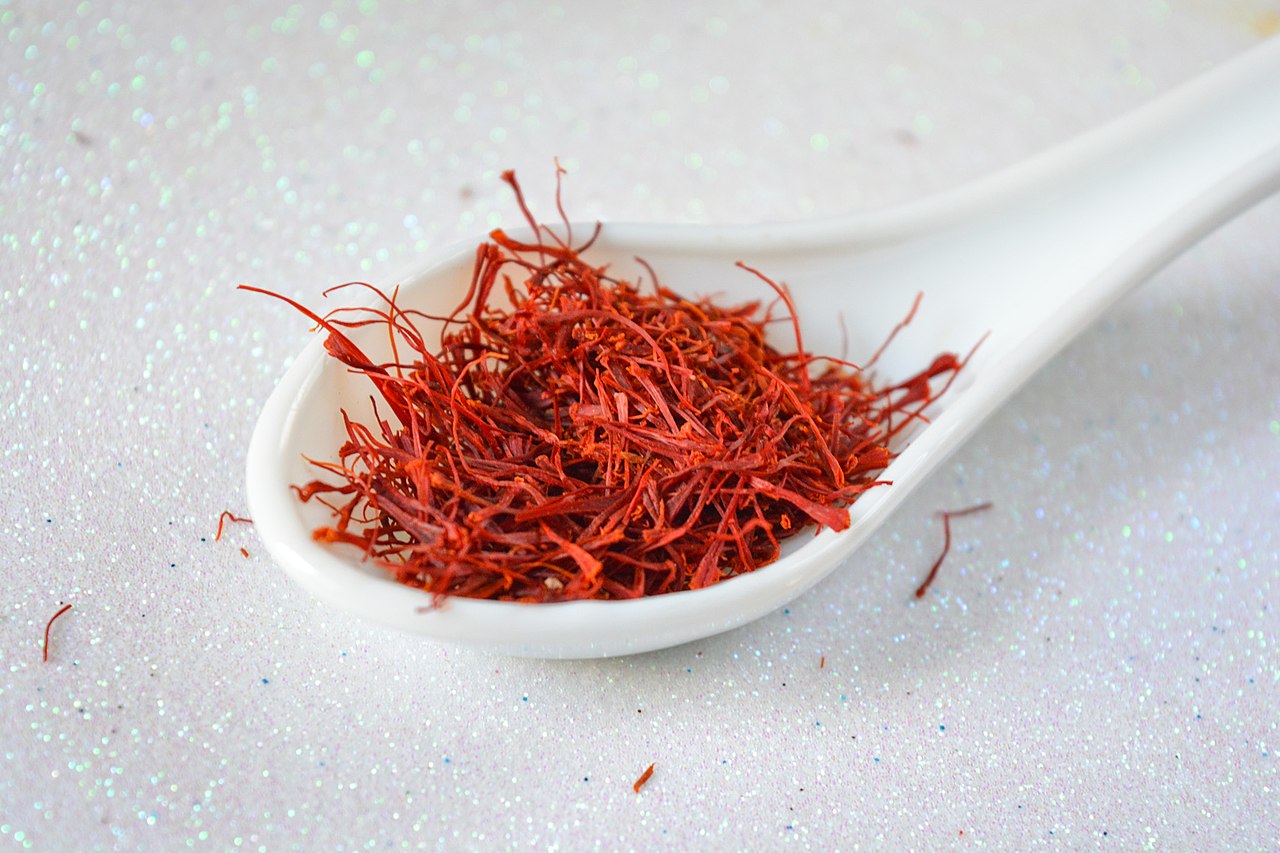
It takes around 300,000 flowers—spanning the area of two football fields—just to produce a kilogram of precious saffron. Its value not only makes it a coveted ingredient in cooking, but also perfumery. Genuine saffron can cost around $10,000 per kilogram, as per a 2020 report from Business Insider.
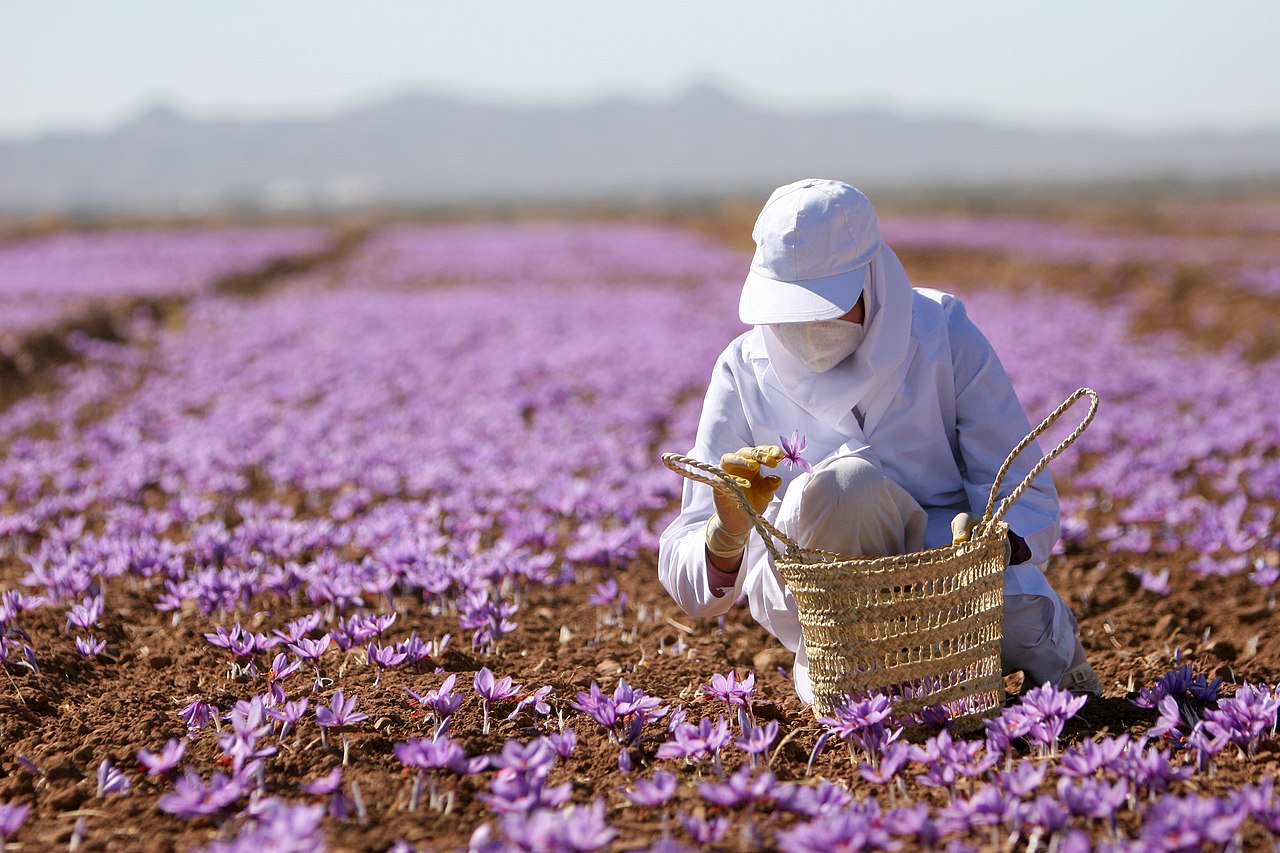
White Alba Truffle
Truffles are generally pricey due to their seasonality and complex procurement process. These special fungi take years to cultivate and can only grow under very specific conditions. They’re usually found among the roots of certain trees, but can be difficult to spot without expertise. This is why many truffle harvesters spend years training pigs and dogs to help sniff them out.
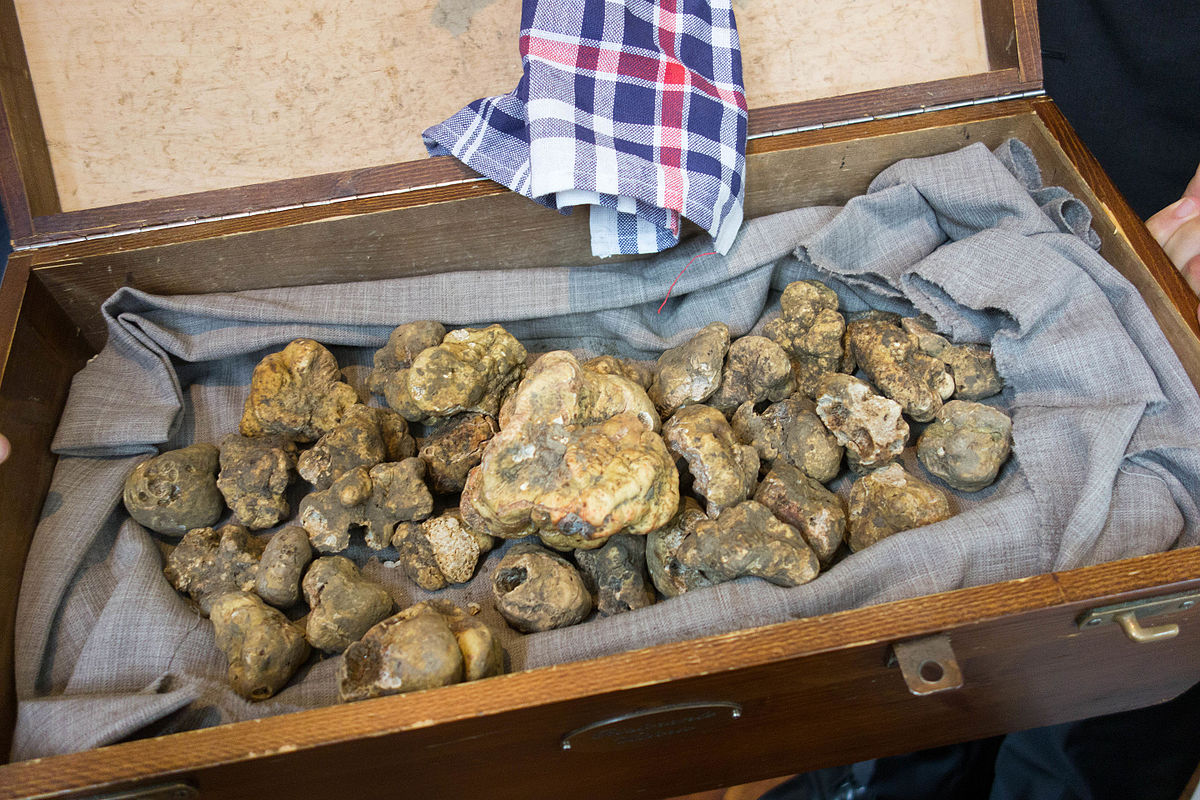
Of all the truffles out there, the white Alba breed is probably one of the most valuable due to their extreme rarity and labor-intensive harvesting process. The most expensive tuber was sold to Macau casino owner Stanley Ho in 2007. It cost a princely $330,000 for just 1.5 kilograms.
Iberico Ham (Jamon Iberico)
Iberico ham is a treasured delicacy even in countries beyond Spain. A single leg of a pig can cost around $4,500. “Black label” Iberico ham is the highest quality ham that money can buy. The hefty price tag is mainly due to the difficult process of raising these tasty livestock.
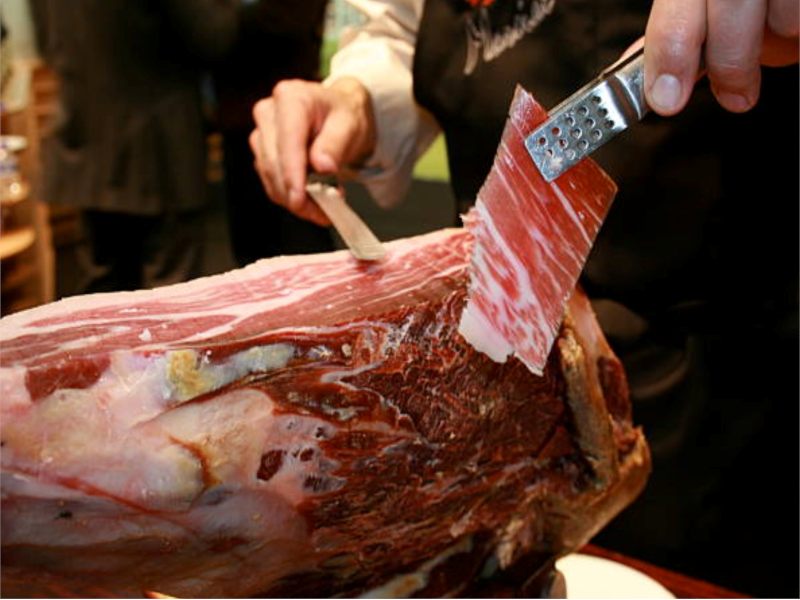
Black label Iberico is made with the meat of a pig that’s of 100% Iberican descent. This breed of free-range swine is fed a 100% acorn diet from the months of October to February (known as the montanero period). Their acorn diet is what gives them a distinct flavor that can’t be imitated.
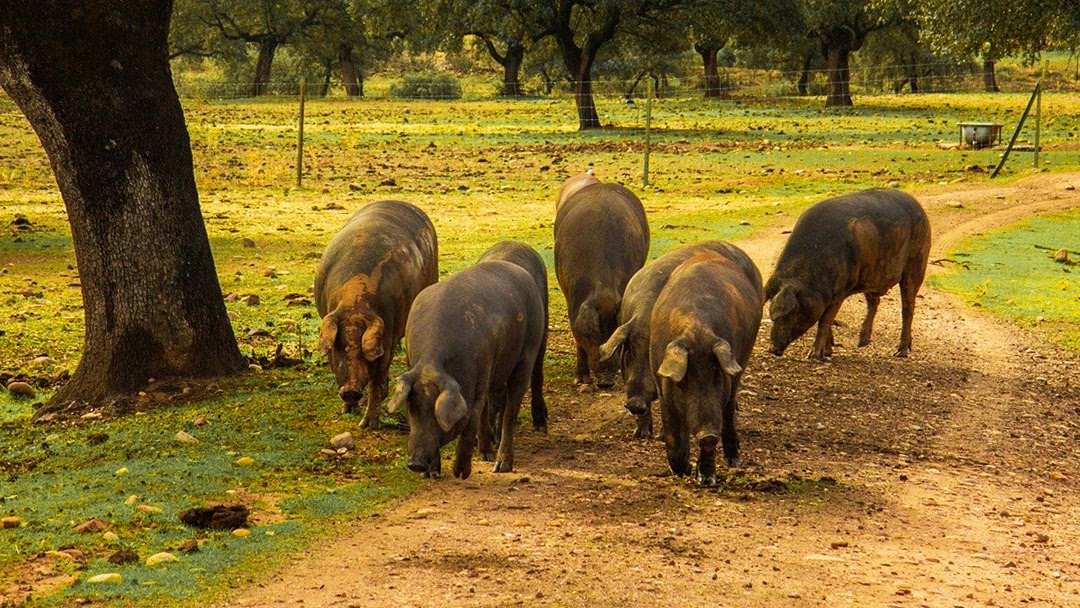
Gooseneck Barnacles
In Europe, Gooseneck Barnacles can cost an impressive $500 per pound. Though these small crustaceans look quite unremarkable in appearance, fishermen withstand difficult conditions just to harvest them. These barnacles are found latched onto razor-sharp rocks surrounded by harsh waves. Though it may seem like an absurd exaggeration, the more dangerous spots actually yield tastier barnacles.
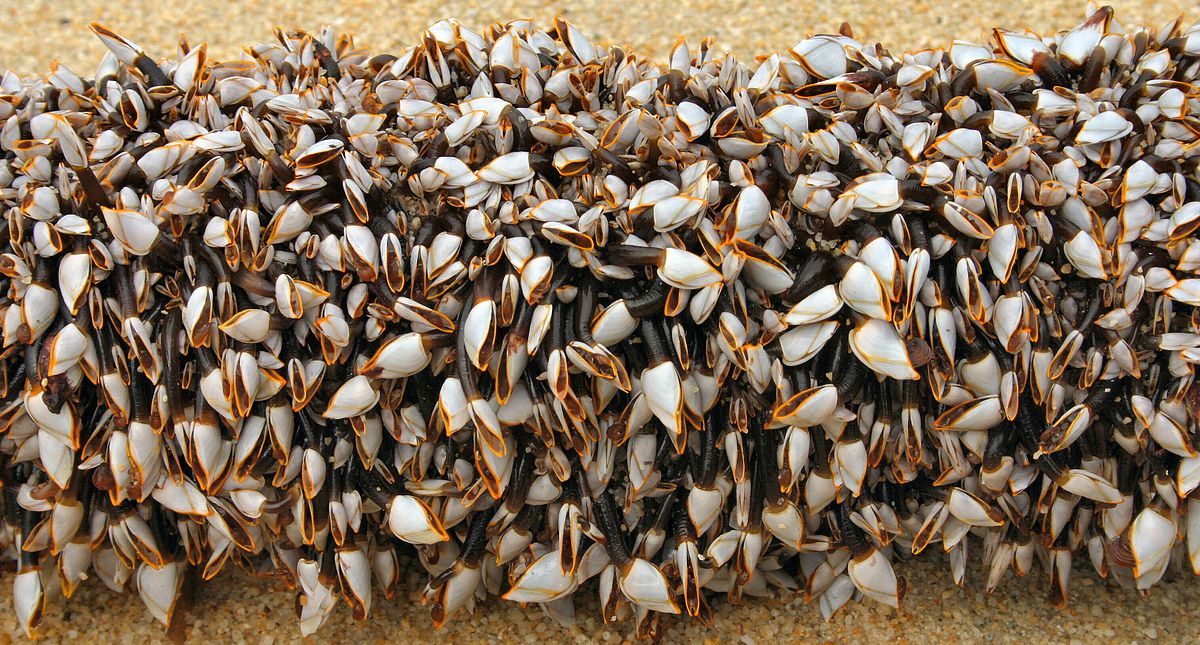
Fishermen spend years training to jump onto sharp rocks from their boats and swim through underwater caves just to acquire this pricey seafood. Are they worth all that effort? Diners who’ve tasted the delicacy say that they are, as they boast a remarkable texture and salty flavor that can’t be beat.
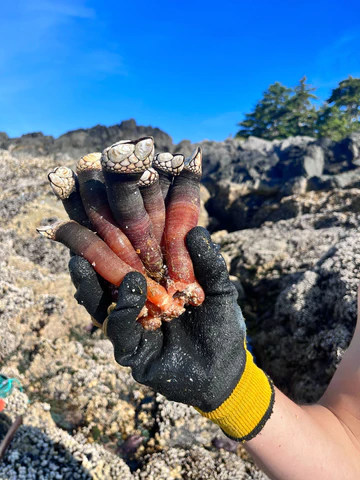
Swiftlet Nests
The prized-status of swiftlet nests as a food ingredient proves that nothing is too strange in the world of culinary pleasures. The rare delicacy can fetch prices of up to $10,000 if it’s a “blood nest.” These nests get their name from their red color, which can only be produced upon interaction with certain minerals.
A bowl made from white swiftlet nests is already considered a steal at the price of $2,000 per kilogram. Nests are usually used in dishes like soups due to their nutritional value.
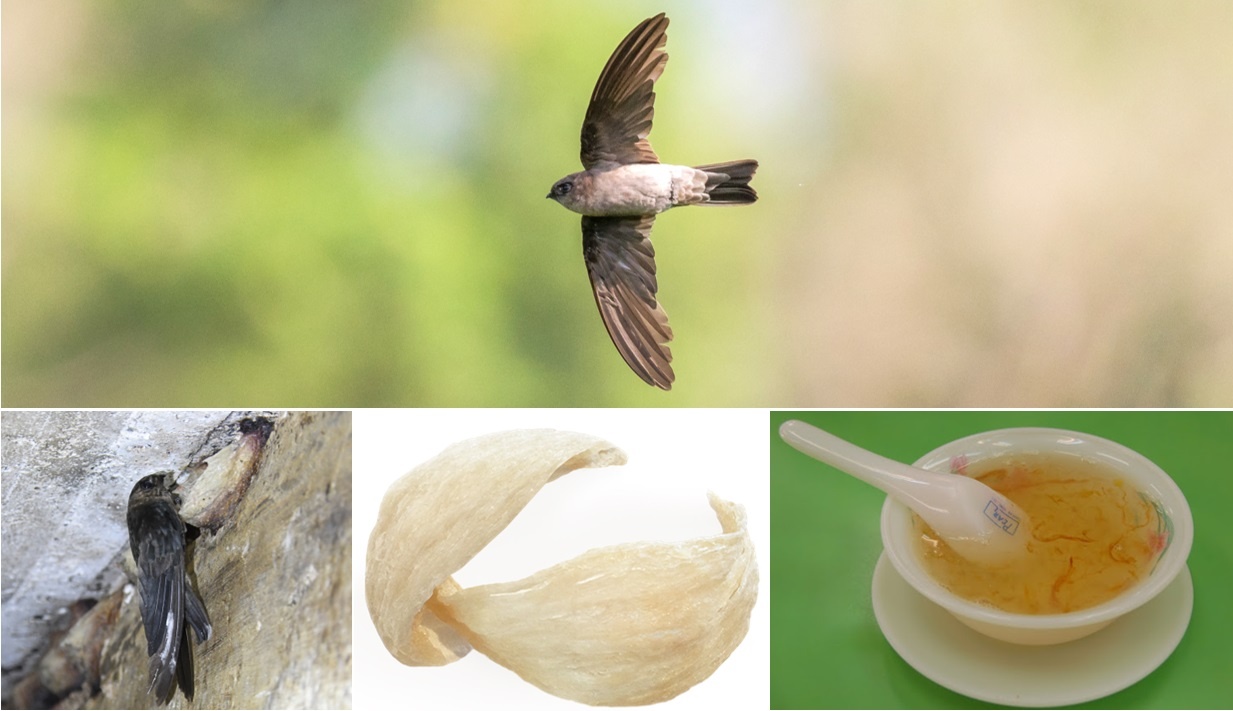
The nests are actually made from the spit of swiftlets, and are found in the walls of deep caves. Though farmers build “swiftlet” houses to recreate the ideal conditions for nesting, harvesting the ingredient is still a pricey process. This is due to the short lifespan of these man-made houses.

A swiftlet house can be productive for around 10-15 years. However, birds are likely to move away from the area once development starts, as they prefer more rural environments far away from civilization. Drying nests is also a time and labor-intensive process that adds to the already exorbitant price tag.
Matsutake Mushrooms
Matsutake mushrooms can be found across parts of East Asia like Korea, China, and Japan. Those who’ve tasted them say they have a pungent flavor that packs a spicy punch.
Japan’s matsutake harvest has decreased by 97% over the past 70 years, according to a video by the Business Insider. As such, a kilogram of wholesale matsutake usually costs $500. Like truffles, these mushrooms can’t be farmed, only foraged.
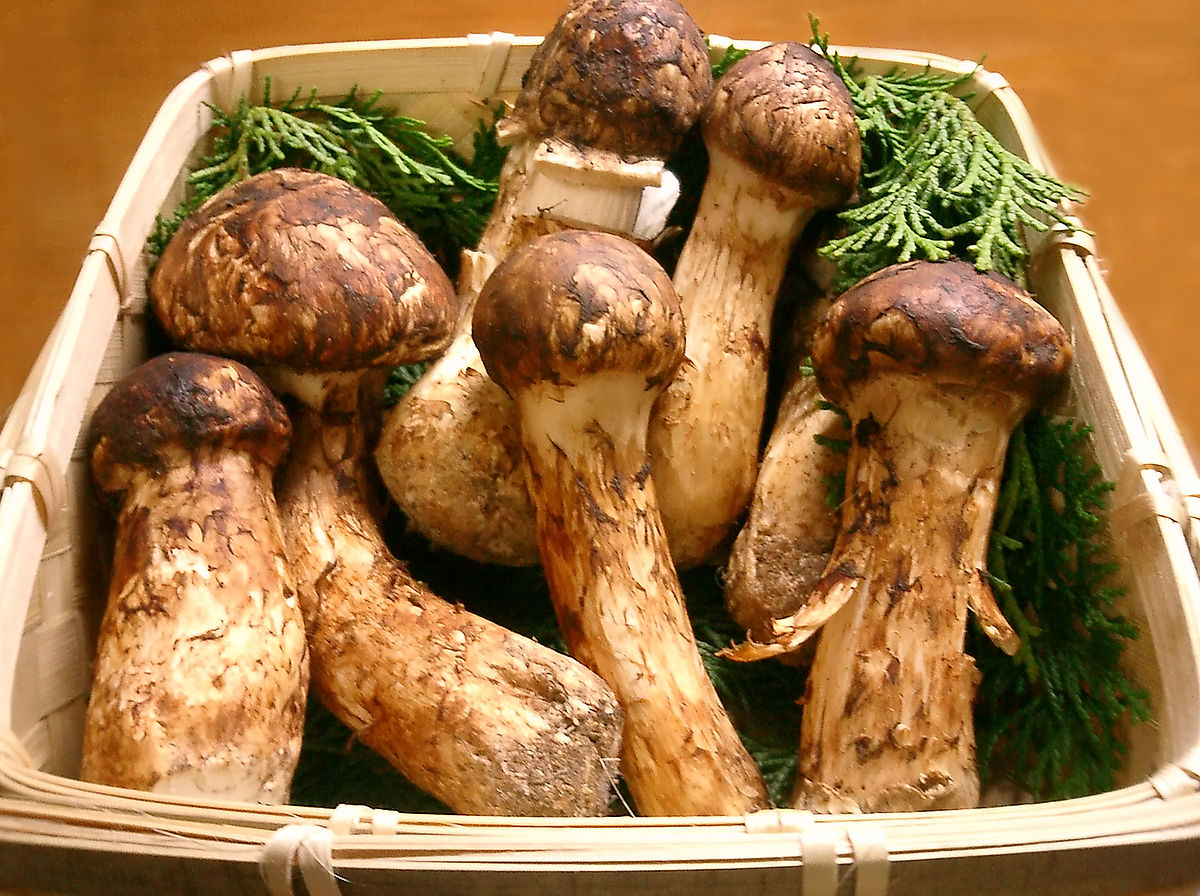
The challenge of finding the elusive fungi also results in their high price. They don’t grow at the base of trees, so harvesters lack a point of reference to work from. Instead, they use their years of experience to hunt for the matsutake that often blend with the forest floor. Changing weather conditions and pests can also affect the availability of a good harvest, which makes the fungi even more valuable.
Olive Wagyu Beef
Wagyu beef is one of the most expensive meats in the world due to its decadent marbling, intense flavor, and melt-in-your-mouth texture. This meat comes in different varieties, depending on the type of cow and its place of origin.
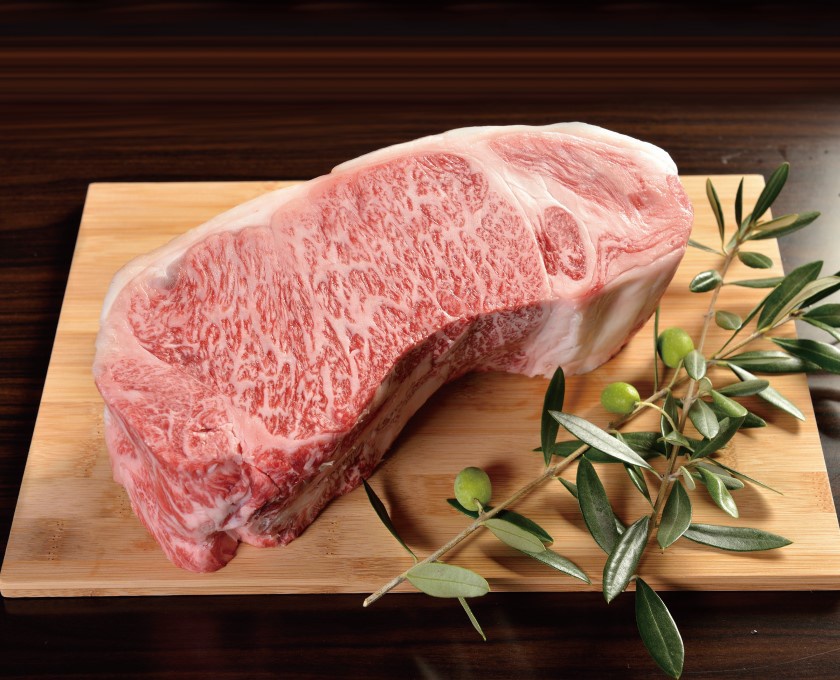
To qualify as “wagyu,” livestock must be raised according to the guidelines of the district they’re from. These rules are stringent in nature, and even determine the type of feed cows must eat to ensure proper marbling.
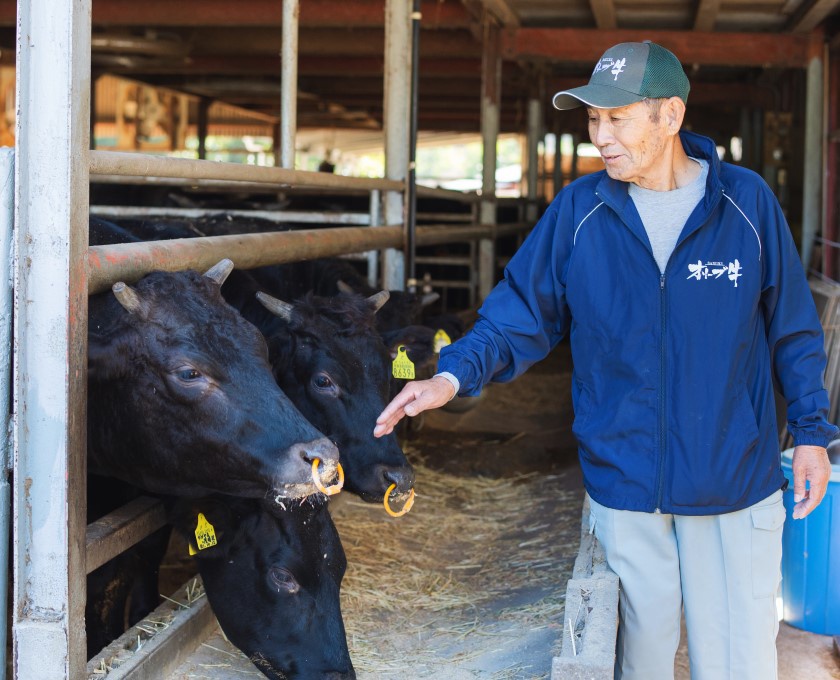
“Olive wagyu” from the Kagawa prefecture is considered the rarest variation of this meat and costs more than $500 per pound. A single “olive” cow has a value of around $9,000. Much like Iberico pigs, these bovines are only given a particular kind of food: olives.
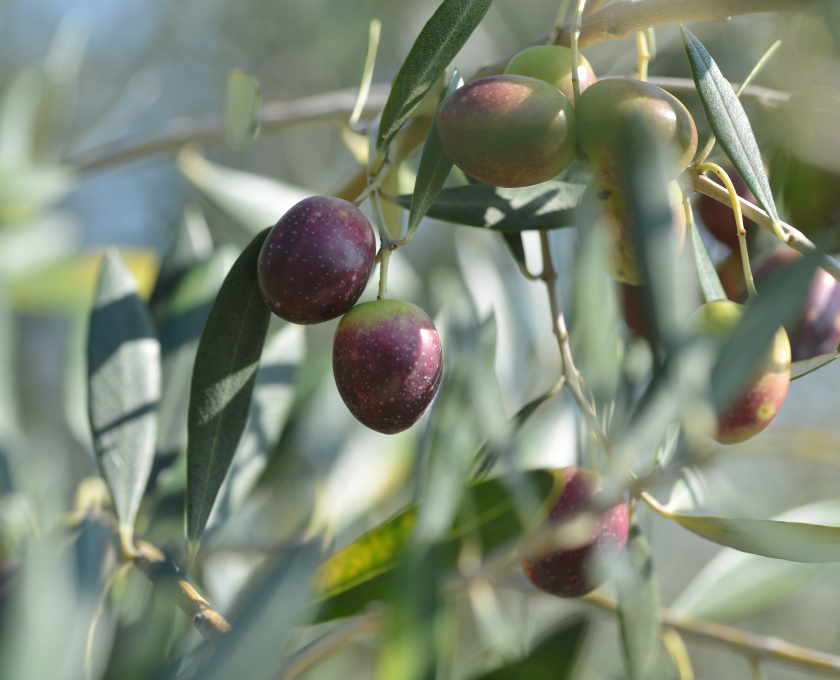
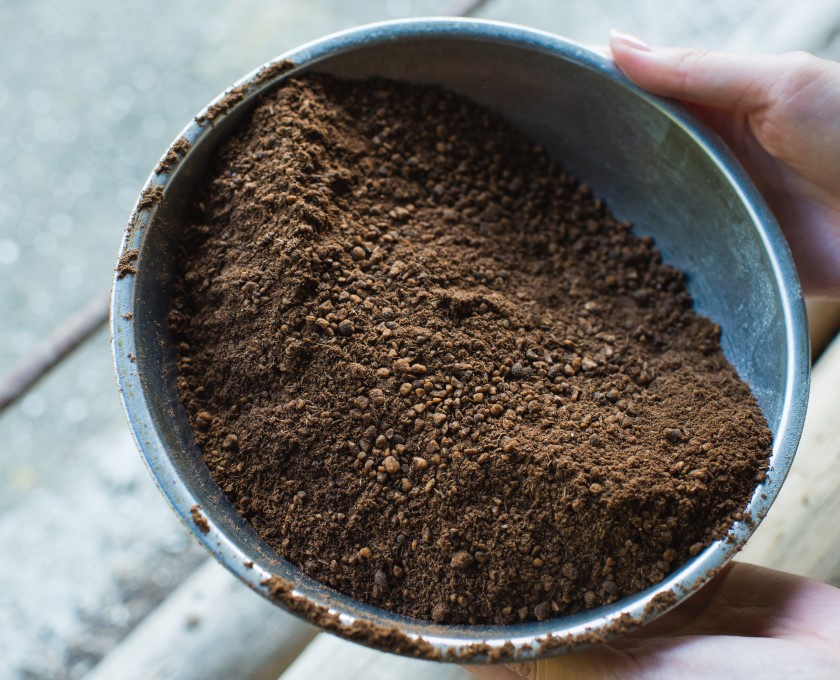
A special feed made from Japan-grown olives comprises these cows’ diet. The olives’ oleic acid yields an extraordinarily tender meat (even by wagyu standards) with a rich flavor that many gourmets dream of trying out.
Banner photo by Amirali Mirhashemian via Unsplash.





